
Can't see the region you're looking for? You can find a list of our global locations here
I’m back on one of my favourite subjects…welds. Well, it’s not my favourite as such, but it’s something the technical team here are regularly asked about, so it’s an area I talk about a lot!
A common concern is dealing with, or avoiding, welds coming apart. I’ve covered this before so if you have any queries on this, take a look or give us a call.
So, I’ll run through some common queries, concerns and tips – a whistle-stop tour of welds, if you like.
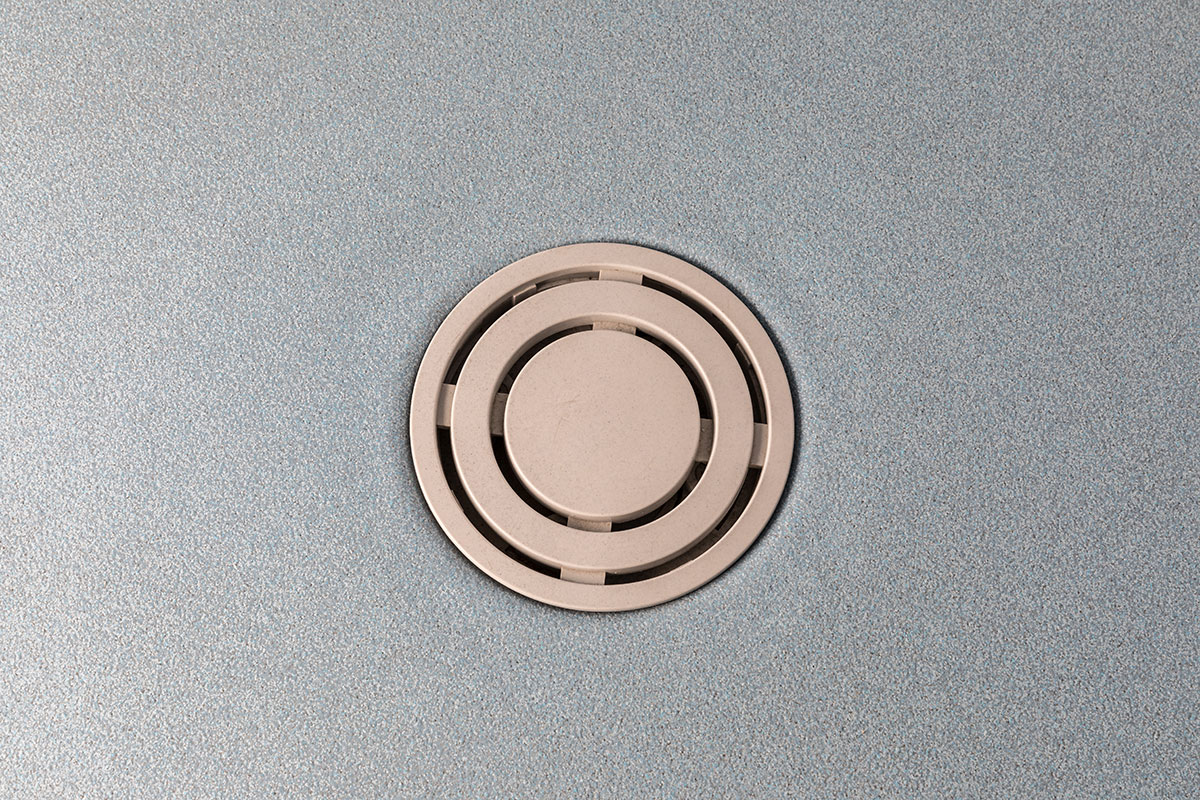
Although a well-installed, good quality weld will last as long as the floor itself, it’s important to think about where the weld is going to go, and how many, or rather how few, you need. When working out the best place for a weld to go within a room, from a looks point of view, the weld isn’t the first thing you want the eye to go to. There’s a practical reason too: you don’t want the welding to be offset, or not evenly spaced across the area, if possible, as it can make the room look unbalanced. Any welds going across doorways will be under constant pressure from all sorts of traffic and will soon show signs of wear if not completed properly. With all this in mind, we recommend take a good look at the features of the room, including where people come and go, before committing.
One area where welds can be tricky to deal with is when a drain and wall are very close together as you will have a fall into a drain as well as trying to cove up the wall and it can be really hard to get into that space and do a good job. Prior planning of drain position is always a good idea as is the choice of the drain itself. For guidance on installing around drains, we have a short video, and you can check out my previous blog post on this subject.
In an ideal world, welds should be as invisible as possible. This is much easier if you use a matching weld rod. It makes sense that if your floor is dark grey then a dark grey weld rod will work – and it may be ok – but subtle differences in the colour will make the weld stand out more. We offer matching weld rods for our floors that are just that: a match.
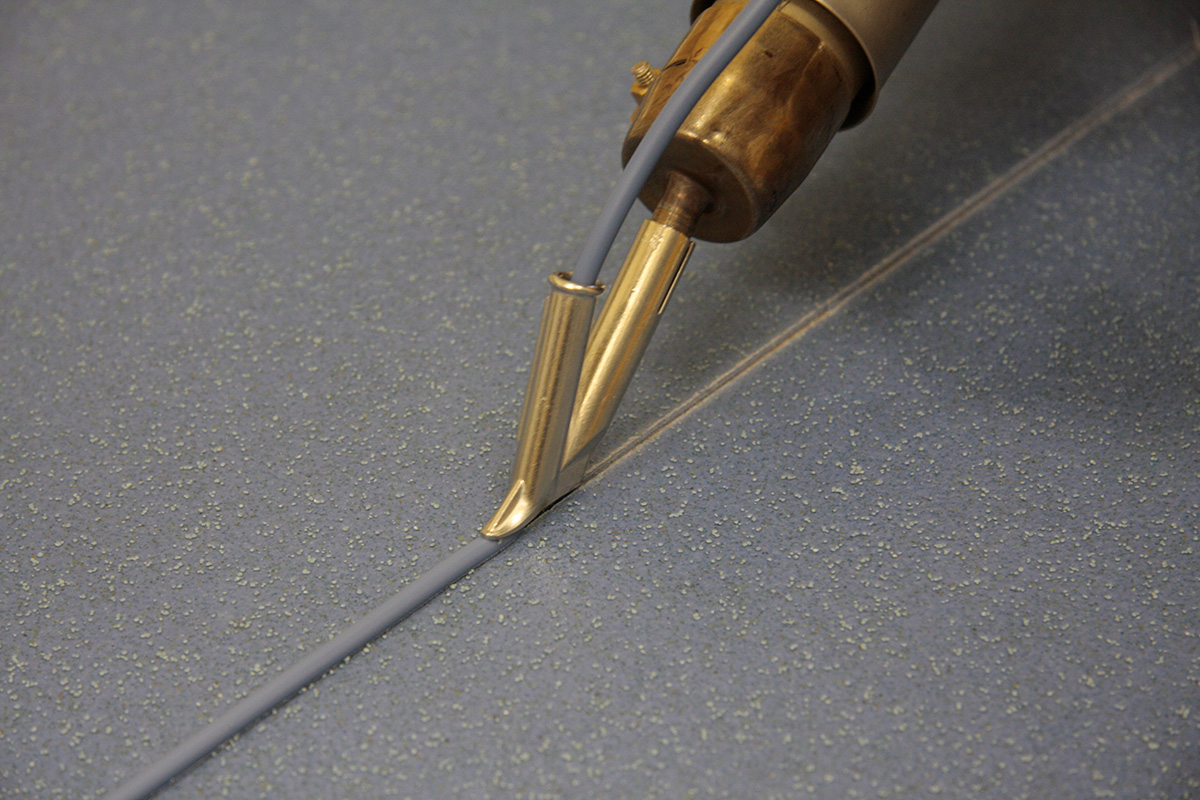
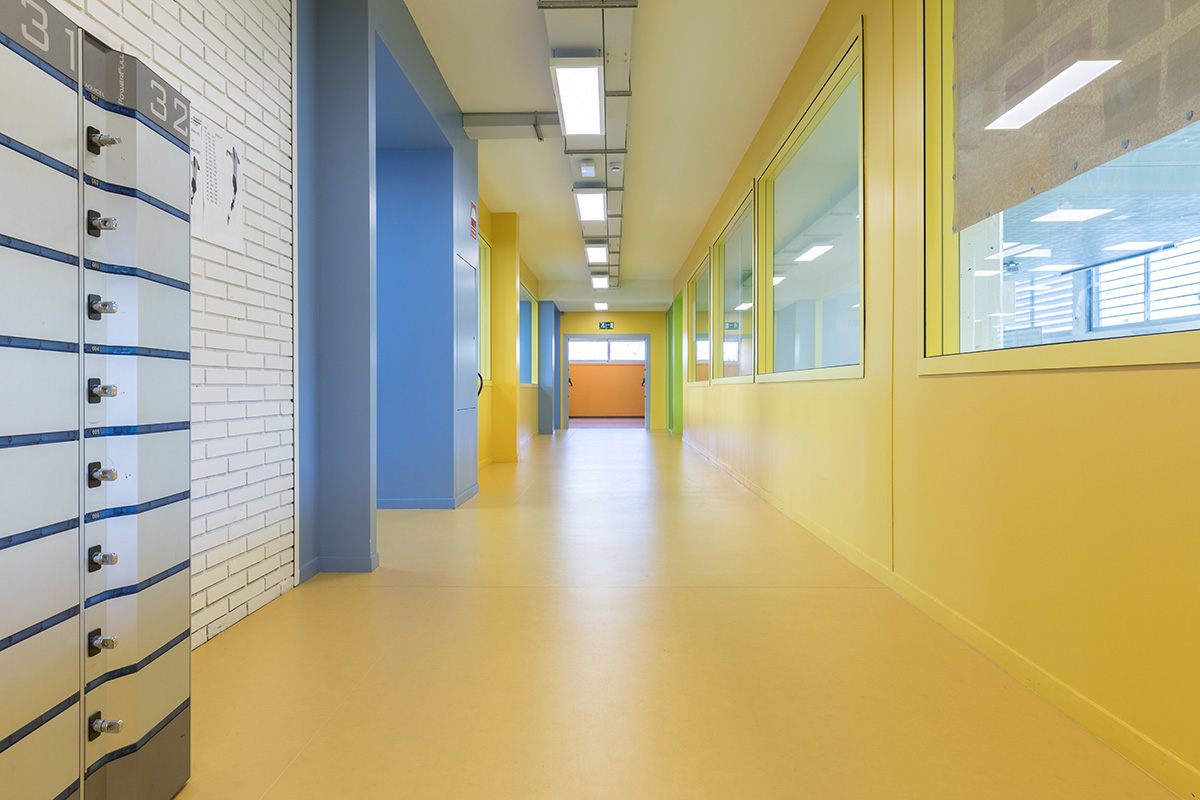
As you’ll know, there are two types of coving: a standard mitre and the alternative mitre – sometimes called a butterfly weld. When deciding which to go with, we recommend considering how the room will be used – is it a clinical area? Is it an area that’s well-used enough to need regular, thorough cleaning? Is the room high-end, high design?
The standard weld for internal and external mitres can be used in any area. If you follow the installation guidance you’ll have a robust finish that will do the job it should.
So why use an alternative? The triangular shaping of the alternative mitre looks really neat; it’s a lovely finish, which might be important for the appearance of the room. As well as looking good, because the join doesn’t sit on the corner, it’s particularly robust, making it ideal for busy areas. Its rounded corner makes it ideal for areas that have to be regularly and thoroughly cleaned, such as a hospital operating theatre, or other clinical area. Because the alternative mitre is robust, there is less chance of the weld failing in the first place, which may enable dirty water and bacteria to get behind it, and it can withstand the rigorous cleaning needed in such a space. We have an installation guide to help you with the alternative mitre here, plus there’s a short video.
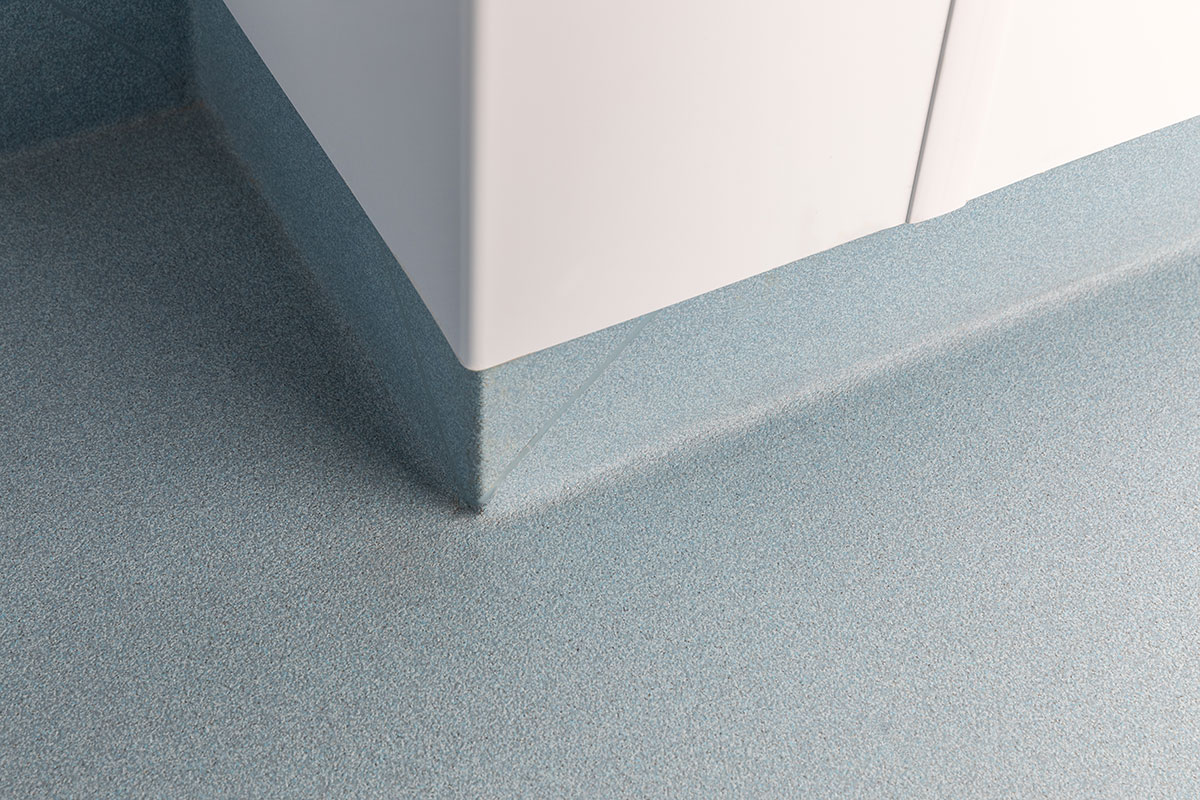
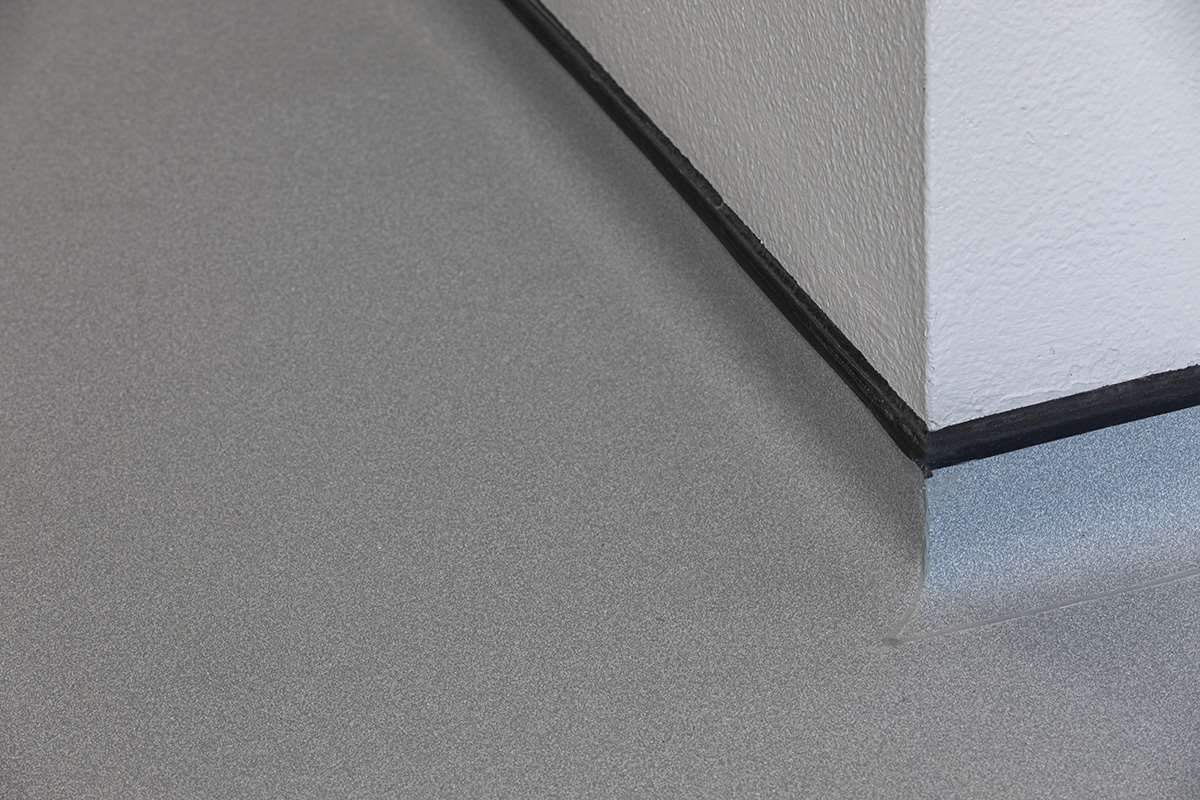
We all know that in any busy space, dirt is walked in on a daily basis and it can get caught in the floor welds – another reason to make sure any welds have been trimmed to the level of the floor and do not stand proud and become a dirt trap. The risk of this is reduced by a good, even and well-prepared installation, but maintenance plays a role here. This area needs attention when cleaning - particularly when the floor comes up the wall a couple of inches, that part is easy to forget. They won’t get as dirty as the welds that are walked on but with contaminants such as muddy water walked in from outside, splashing up, it should be included in a cleaning regime.
One question we’re often asked is, if you have a vinyl floor adjacent to a rubber one, how do I weld the two together when both use different weld rods? If you need to do this, we recommend you use the rubber weld rod – this melts, drops into the join and cures, sticking to both the rubber and the vinyl floor. A vinyl weld rod won’t adhere to rubber flooring.
And that’s where we leave the wonderful world of welds for now. As usual if you have any questions, don’t hesitate to give us a call on 01462 707600.
Until next time, Roger Out.